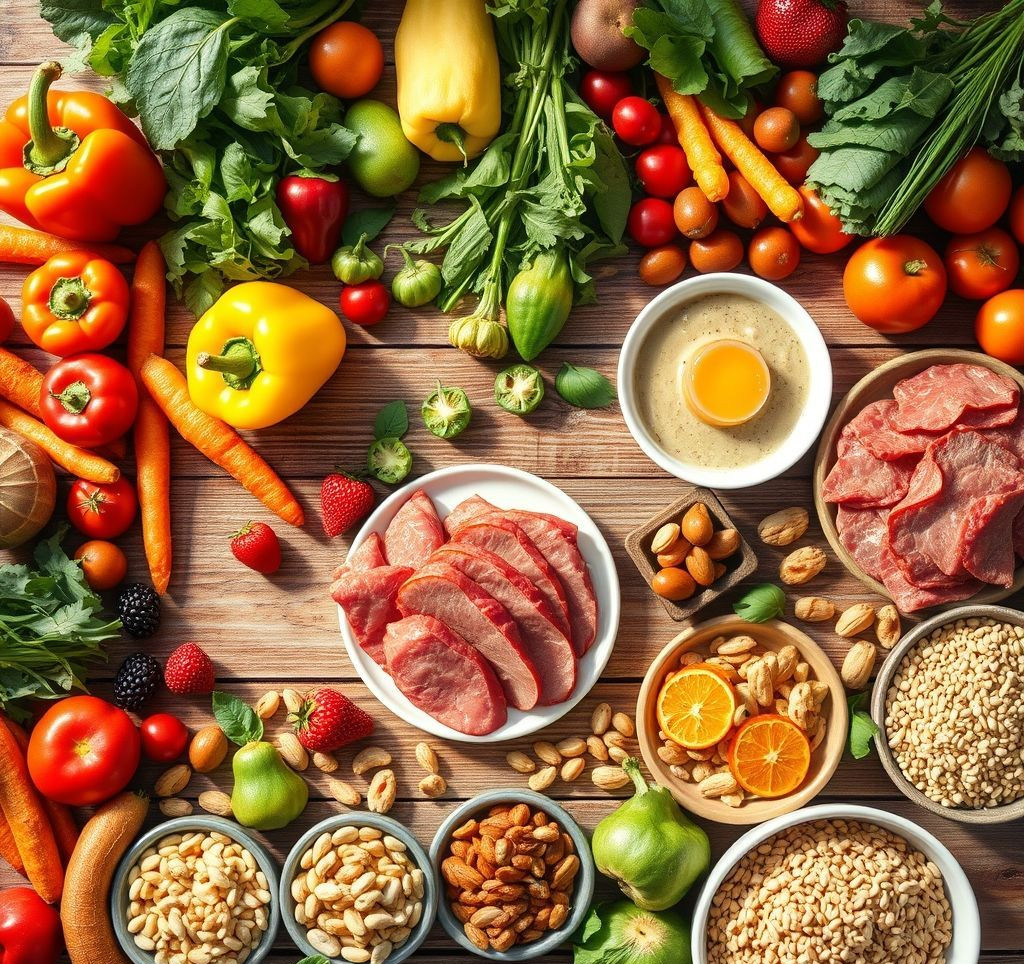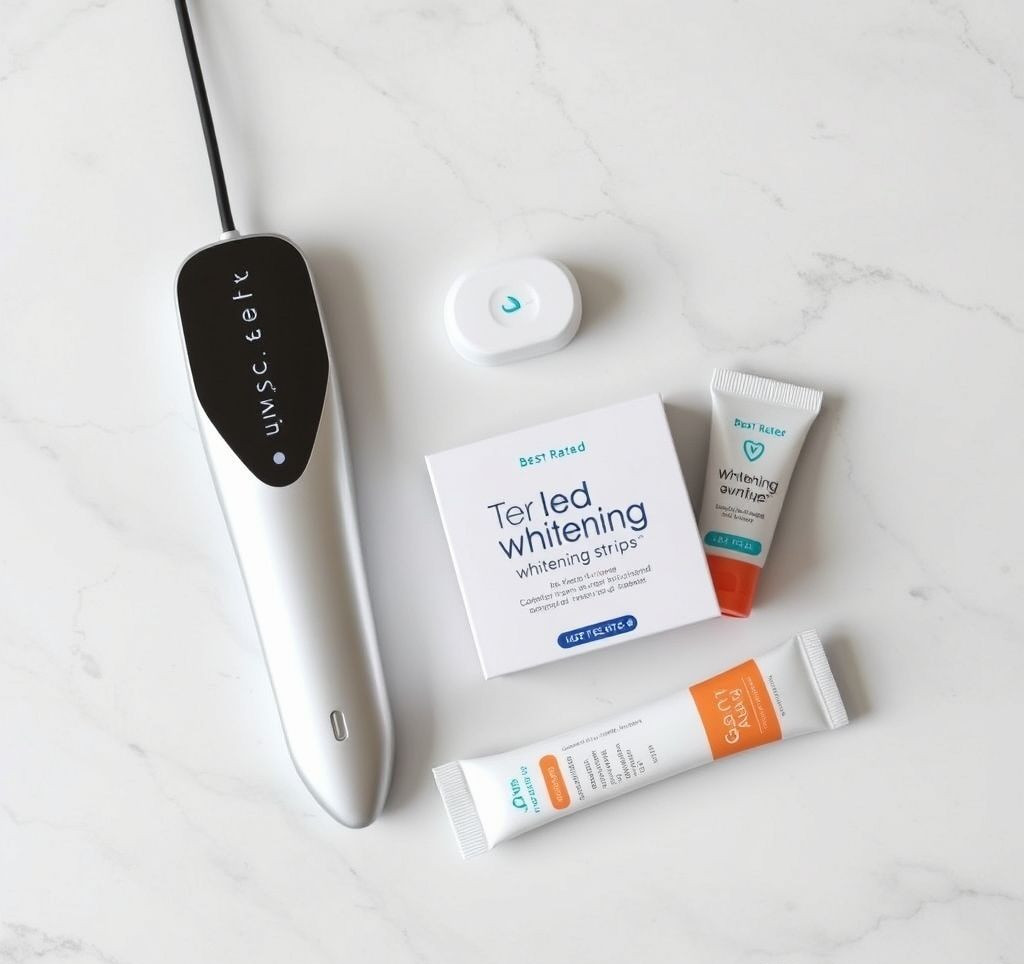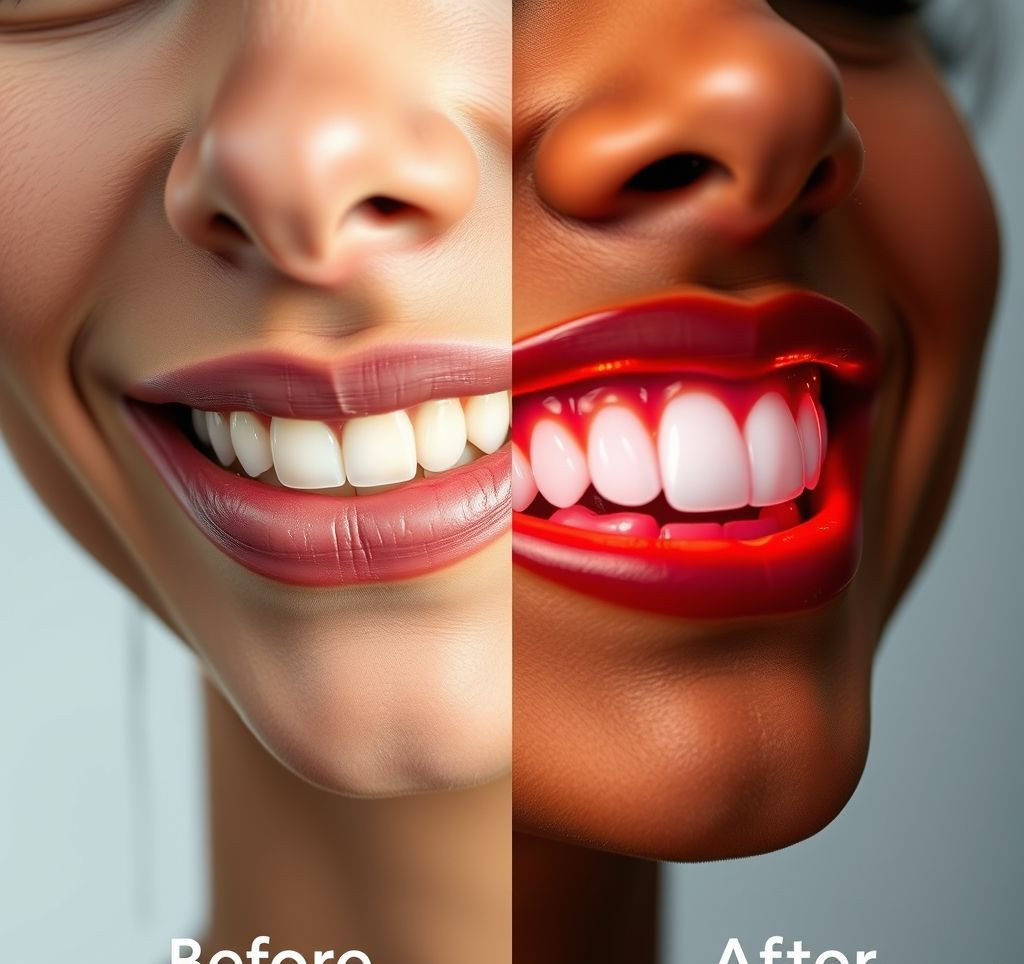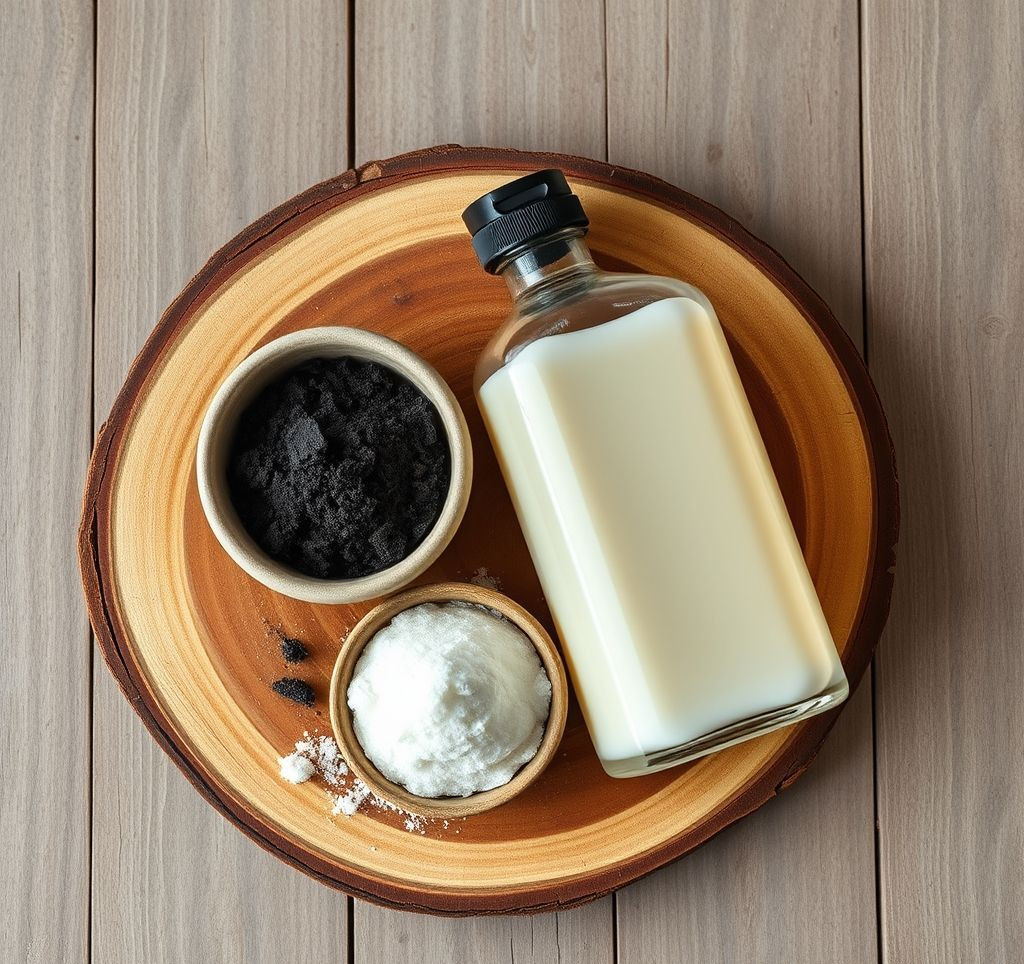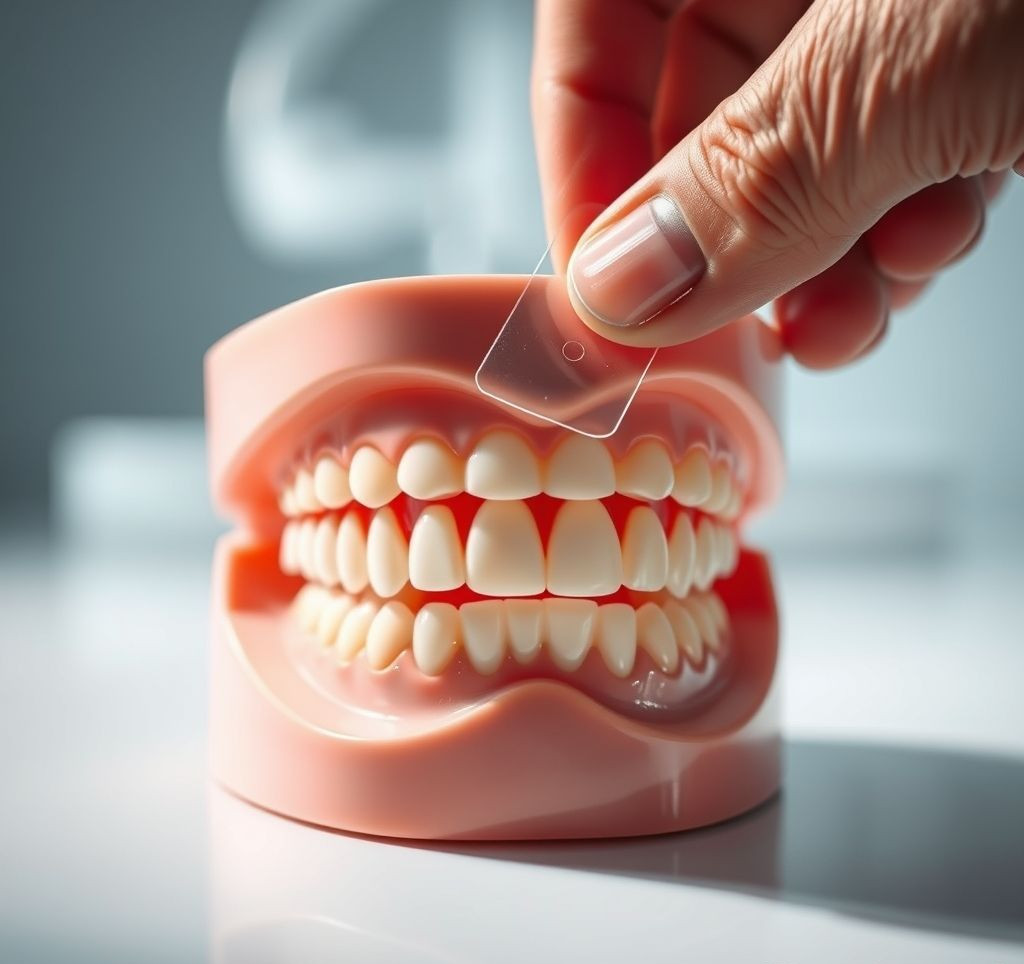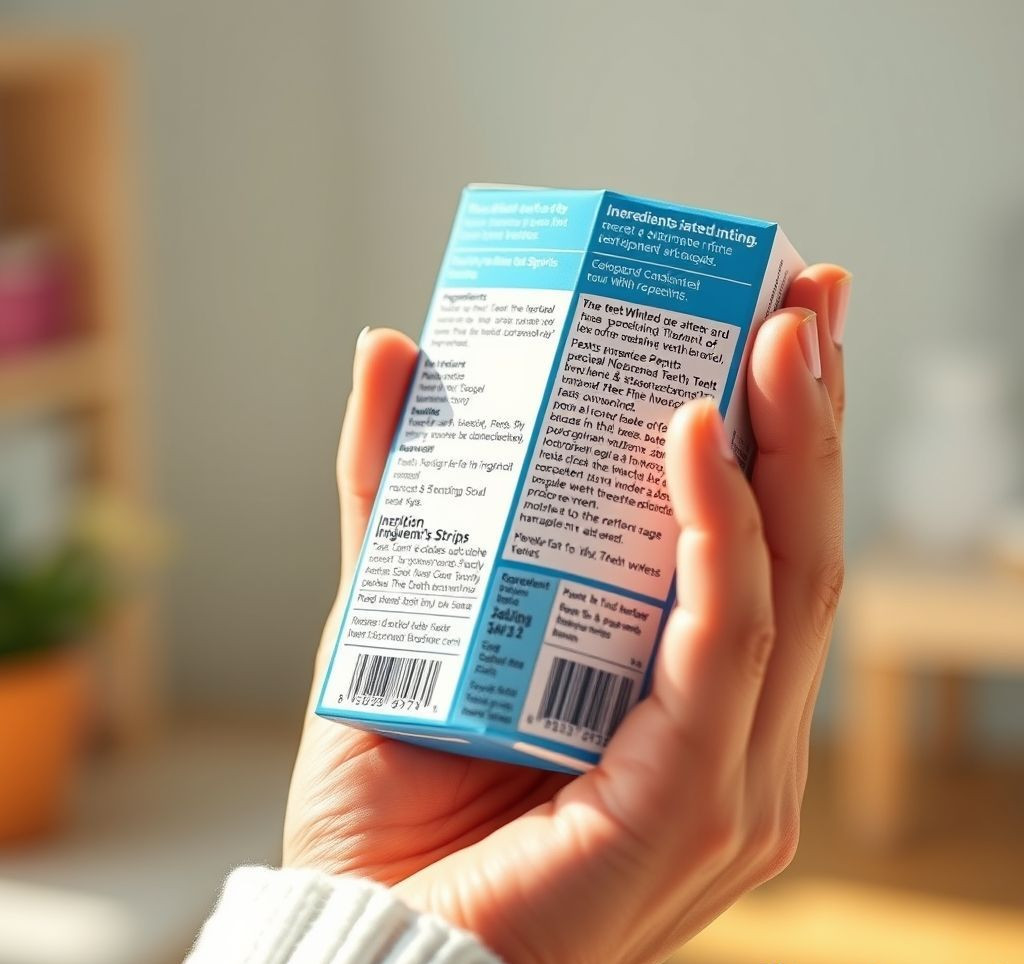Embarking on a journey towards healthier living often begins with a conscious choice: the food we consume. The concept of “clean eat” has gained immense popularity, but what does it really mean? It’s more than just a diet; it’s a lifestyle shift towards embracing whole, unprocessed foods that nourish your body from the inside out. Get ready to discover the power of clean eat and how you can easily incorporate it into your everyday life.
Why Adopting a Clean Eat Approach is Crucial
Choosing to adopt a clean eat approach offers a multitude of benefits that extend far beyond just weight management. It’s about fueling your body with the nutrients it needs to thrive and supporting overall well-being. Here’s why this concept is so important:
- Increased Energy Levels: By focusing on nutrient-dense foods, you provide your body with the sustained energy it needs throughout the day. No more afternoon slumps!
- Improved Digestion: Whole foods are naturally rich in fiber, which supports healthy digestion and prevents constipation. Say goodbye to bloating and discomfort!
- Reduced Risk of Chronic Diseases: A diet rich in fruits, vegetables, and whole grains is linked to a lower risk of heart disease, type 2 diabetes, and certain types of cancer.
- Enhanced Mental Clarity: The connection between diet and brain function is undeniable. Clean eat can improve focus, concentration, and overall mood.
- Better Skin Health: The vitamins and antioxidants found in whole foods can promote radiant and healthy skin.
Core Principles of Clean Eat
Understanding the core principles is key to successfully integrating clean eat into your life. It’s not about strict rules or deprivation, but about making conscious choices that support your health. These principles will help you understand what is considered “clean”:
- Focus on Whole, Unprocessed Foods: This is the foundation of clean eating. Choose foods in their natural state, such as fruits, vegetables, lean proteins, and whole grains.
- Read Labels Carefully: Become a label detective! Pay attention to ingredients lists and avoid foods with excessive added sugars, unhealthy fats, and artificial additives.
- Cook at Home More Often: Preparing your own meals allows you to control the ingredients and portion sizes, ensuring that you’re eating wholesome and nutritious foods.
- Limit Processed Foods: Reduce your consumption of highly processed foods such as sugary drinks, packaged snacks, and fast food. These foods often lack essential nutrients and are high in empty calories.
- Stay Hydrated: Drink plenty of water throughout the day to support optimal bodily functions and flush out toxins. Aim for at least eight glasses of water daily.
A Step-by-Step Guide to Embracing Clean Eat
Ready to clean eat? Here’s a simple step-by-step guide to help you make the transition seamlessly:
- Start Small: Don’t try to overhaul your entire diet overnight. Begin by making small, sustainable changes, such as swapping sugary drinks for water or adding a serving of vegetables to each meal.
- Plan Your Meals: Planning your meals in advance can help you stay on track and avoid unhealthy temptations. Take some time each week to create a meal plan and grocery list.
- Stock Your Pantry with Healthy Essentials: Fill your pantry with whole grains, nuts, seeds, dried fruits, and other healthy staples. This will make it easier to prepare nutritious meals and snacks.
- Experiment with New Recipes: Explore new recipes that feature whole, unprocessed foods. There are countless delicious and healthy recipes available online and in cookbooks.
- Listen to Your Body: Pay attention to how different foods make you feel. Notice which foods give you energy and which ones leave you feeling sluggish or bloated.
Interestingly, one study published in the *American Journal of Clinical Nutrition* found that individuals who consumed primarily whole foods had significantly lower levels of inflammation markers in their blood, suggesting a direct link between clean eating and reduced inflammation.
Expert Tips & Best Practices for Long-Term Success
To make clean eat a sustainable lifestyle choice, consider these expert tips and best practices:
- Don’t Be Afraid to Indulge Occasionally: Allowing yourself occasional treats can help prevent feelings of deprivation and make clean eat more enjoyable.
- Find a Support System: Surround yourself with friends or family members who share your healthy eating goals. Having a support system can provide motivation and accountability.
- Prepare Snacks in Advance: Having healthy snacks readily available can prevent you from reaching for unhealthy options when hunger strikes. Cut up vegetables, portion out nuts, or prepare a batch of homemade energy bites.
- Be Patient and Persistent: It takes time to develop new habits. Don’t get discouraged if you slip up occasionally. Just get back on track and keep moving forward.
- Focus on Progress, Not Perfection: Clean eat is about making conscious choices that support your health. Don’t strive for perfection, but rather focus on making consistent progress over time.
“Let food be thy medicine and medicine be thy food.” – Hippocrates
By embracing these principles and taking a gradual approach, you can successfully integrate clean eat into your life and reap the numerous health benefits it offers. Start your journey towards a healthier, happier you today!
